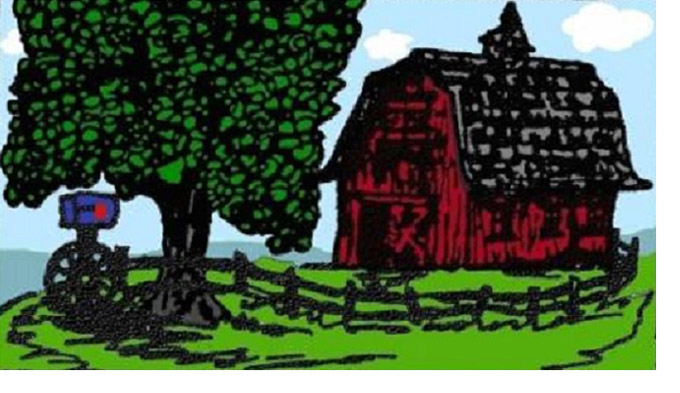Because we live close to Chicago, there are many attractions that we can visit. However, there is a closer popular attraction worth visiting that draws 400,000 visitors a year and it’s basically in our backyard! That attraction is Cantigny Park.
The 500-acre property, which was called Red Oaks, was purchased as a country estate in the late 1800s by Joseph Medill, who built a 35-room mansion on the site. Mr. Medill was a former Mayor of Chicago and publisher of the Chicago Tribune. Upon his death in 1899, his grandson, Robert R. McCormick inherited the estate.
Robert, who was born in 1880, graduated from Yale University in 1903 and in 1907, he earned a law degree from Northwestern University. He became editor and publisher of the Chicago Tribune, along with his cousin, in 1914. The following year, early in World War I, he reported from the Eastern Front in Europe as the Tribune’s war correspondent.
Because he was a strong believer in military service, he joined the Illinois National Guard’s First Illinois Cavalry Regiment in 1916. Due to his family background, education, and expert horsemanship, he was
commissioned as a Major. When President Woodrow Wilson federalized the Illinois National Guard in 1916, he was called to serve with his regiment along the Texas-Mexico border. Shortly thereafter, the U.S. entered World War I and his regiment became part of the U.S. Army. He was sent to France as an intelligence officer on the staff of General Pershing. Because he wanted a more active assignment, he was sent to artillery school. By June 1918, he had become a Lieutenant Colonel and by September 1918, he was promoted to a full Colonel in field artillery. He was given a combat assignment as commander of the Fifth Field Artillery of the First Division. His unit provided critical artillery support for the First Division troops in their capture of the German-held village of Cantigny. The Battle of Cantigny became America’s first victory of World War I and Colonel McCormick received the Distinguished Service Medal for his efforts. Upon returning home from the war, the Colonel changed the name of his estate from Red Oaks to Cantigny after the battle for this French village.
Following the war, the Colonel continued his work with the Chicago Tribune and by 1925 was the sole editor and publisher of the newspaper, a position he held until his passing. McCormick was married twice but had no children. He lived on the Cantigny estate until his death in 1955 and is buried there next to his first wife Amy.
Upon his death, his estate was estimated to be worth $55 million. His will established a nonprofit charitable trust which provided for the maintenance of his estate. The property was designated as a public space for education and recreation and was opened to the public in 1958 as Cantigny Park. The park includes the interactive First Division Museum, dedicated to the history of the “Big Red One,” the famed First Infantry Division of the U.S. Army. Outside of the Museum there is a Tank Park that displays First Infantry Division tanks and armored vehicles from the World War I era to more modern tanks. The park also has the only surviving T26E4 Pershing experimental tank, of which only 25 were ever produced.
There are many other things to see at Cantigny Park including the beautiful gardens, which were created in 1967 by famed landscape architect Franz Lipp. The greenhouse there grows nearly all of the annual plants in the gardens. The Visitors Center has a scale model of the estate, a 100-seat theater and several restaurants. There is also an Education Center that opened in 2010 that holds special programs, meetings, and classes. In addition, the park has almost 3 miles of walking trails and a Picnic Area with a playground.
The Cantigny Golf Course was opened in 1989 and it features a 300-acre complex with 3, 9-hole scenic golf courses as well as dining and banquet facilities. There is also a 9-hole Youth Links Course.
There are many other activities and events that happen throughout the year at the park. In winter, there is an ice rink and family-friendly movies and in summer, the park hosts outdoor concerts. Next time you are looking for something to do, keep Cantigny Park in mind.
More park information is available at cantigny.org
